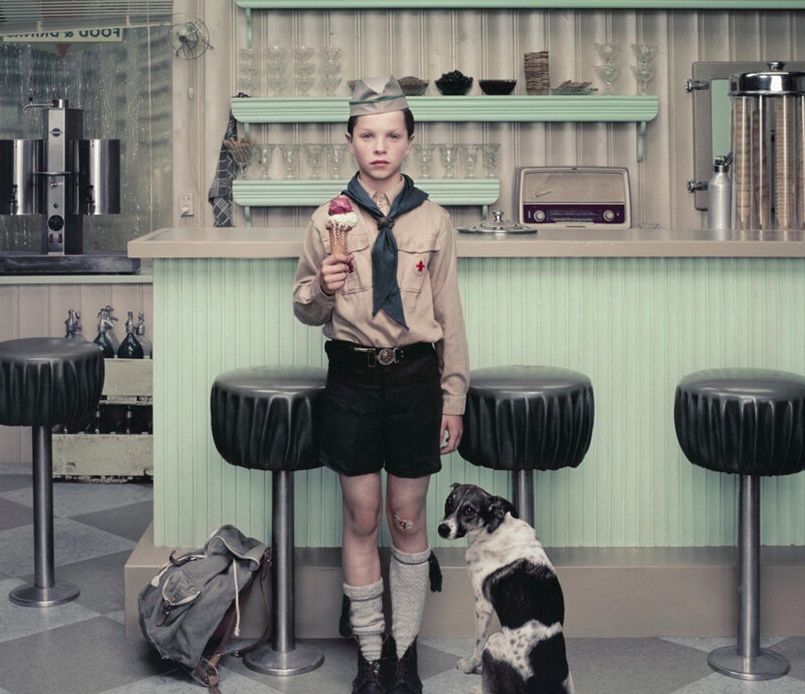until Sunday October 26 2025
Stedelijk Museum
Museumplein 10
1071 DJ Amsterdam
The Netherlands
Contact
General Inquiries
T : +020 57 32 911
info@stedelijk.nl
https://www.stedelijk.nl/en/
The first museum retrospective since his unexpected death two years ago: Erwin Olaf – Freedom. The exhibition pays tribute to the versatile and multifaceted artist that he was and illuminates his entire creative process. Besides iconic artworks and series of Erwin Olaf, the presentation also features lesser-known work, including videos and sculptures, his commercial photography, and personal archive material. The exhibition culminates with his last work, an unfinished video.
Erwin Olaf Springveld (1959-2023) is internationally acclaimed as one of the most prominent Dutch photographic artists, celebrated for his characteristic staging, unique lighting, perfectionism, and controversial subjects. He was a freethinker, and the pursuit of personal freedom drove everything he did—he was a fervent champion of identity, sexuality, and gender, the human body in all its forms, nightlife, and equal rights for all. Throughout this thematically structured, yet loosely chronological, exhibition, Olaf’s activism is a recurring motif.
The exhibition charts a course through Erwin Olaf’s rich body of work, starting with his journalistic, candid black-and-white reportages from the early 1980s. Focusing on subjects such as gay rights demonstrations, these highlight his commitment to social issues. Olaf’s love of light and composition is evident; his pursuit of greater control over the composition prompted him to take the next step—staged studio photography. The exhibition features iconic and lesser-known examples from series such as Ladies Hats (1985-2022), Chessmen (1987-88), Royal Blood (2000), Grief (2007), Fashion Victims (2000), Berlin (2012), and Skin Deep (2015), as well as commissioned work such as SM in Holland (1989) and photography for the Dutch National Ballet. The theme of ‘party’, for instance, expresses resistance to intolerance. He also explores the darker side of partying—in Paradise (2001), the men are often menacing, and women consistently come off worse. During the 1980s, Olaf also created several iconic campaigns for the Aidsfonds and the COC, the world’s first LGBTQ+ organization.
The final part of the exhibition brings together Olaf’s experience, mastery, and vision. Despite their compositional and technical perfection, these recent series continue to engage with topical social themes, such as our relationship with nature in Im Wald (2020) and the isolation and futility of man in April Fool (made during the pandemic in 2020). This is the first time either series has been shown in a museum. In Palm Springs (2018) he explored the waning of the ‘American Dream’ and in Shanghai (2017) shone a light on the role of women in different cultures. The series Muses (2023), which looks at the transience of human life and the acceptance of our own mortality, will be on public display for the first time.




